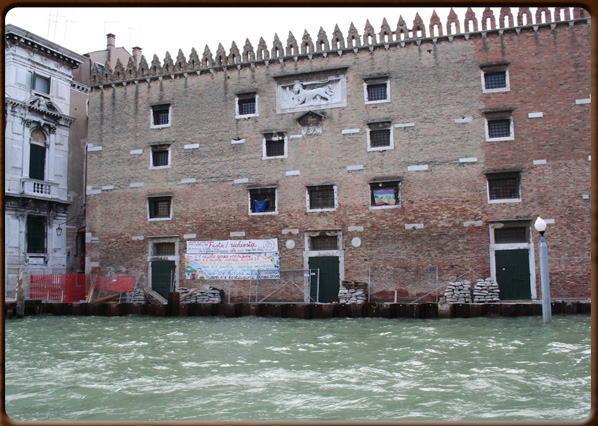
Routes and commerce of Venice in the twelfth century.

Deposito del Megio.


No video
The trade circuits in Italy and Europe that guaranteed the fortune of many a city and commune in the 12th Century onwards very much depended on the trade routes around the Mediterranean. These were the monopoly of the Italian Maritime Republics, especially Genoa and Venice. More specifically, Venetian trade routes allowed for substantial quantities of products from the Middle and Far East. These were then sold along the mainland trade routes, from the Po Valley to Germany and Flanders.
The Orient supplied the best and most expensive products, such as spices (for use in the kitchen and in medicine), silk (an essential commodity for society at the time) and many types of precious stone. On the other hand, precious metals, iron, copper, tin, wood, hides and cloth made their way down Europe, mostly by land.
The bulk of Venetian trade, however, was made up of foodstuff. Indeed, Venice had a sort of monopoly over this, much like it did for spices.
- Salt: in addition to that produced in the lagoon salt-works, Venetians bought up salt wherever it was produced (along the coast of Puglia, in Sicily, Sardinia, the Balearic islands, Libya and Cyprus).
- Wheat and cereals: only second to salt in terms of bulk, wheat and “biave” such as barley, rye, millet and oats were indispensable for the survival of the city (there were some 100,000 inhabitants in the 1300s, making it Europe’s largest city after Naples and Paris). The Venetian State therefore supervised all trade in wheat and cereals (mostly by sea) to avoid the risk of famine and to control the quality/quantity bought and prices.
- Wine and oil: although wine was produced inland and so freely available, Venice was always obliged to purchase oil from elsewhere (central/southern Italy or from other Mediterranean countries). Great quantities of wine and oil were sold in Venice and mostly re-exported. It should be remembered that oil was also used for lighting in those days.
- Cane sugar: this was mainly produced on Candia and on Cyprus, islands that exported huge amounts to Venice where it was then refined.
1100 - 1200 - - rev. 0.1.5